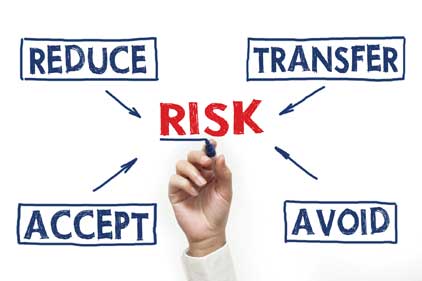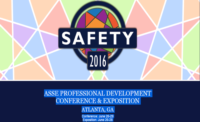Is there a hazard? Yes. Is it controlled? Yes. Next, what’s the risk? You can have all these hazards and evaluate all these controls, but what does it mean to the organization? You’ve got to prioritize the hazard. What is the risk of an injury, illness or fatality? Then you’ll have priority risks. Large multinationals do risk assessments — they are the foundation of a management system.
Businesses deal with risk every day. There is the risk of losing brand loyalty, of losing investor confidence, of damaging your reputation. When you talk about risk, it’s the language of business. We as the safety profession need to align ourselves with business’s understanding of risk.
We need to embrace risk, lean manufacturing, six sigma, sustainability, and insert safety within these business aspects, because safety has a role to play.
A global competence framework is now being worked on to create harmonization around technical safety skills, the business skills professionals need, skills in communications, negotiations, making presentations. This framework would be a global framework, with countries agreeing that this is what a safety professional should know. Each country will adopt and customize the scope and knowledge for safety pros, but the principle will be the same in the UK, in Australia, Taiwan, wherever. This impacts a safety pro’s ability to transfer knowledge and expertise. Develop a niche skill set, and then expatriate it. If you have a CSP, it will be transportable. It will be a competitive advantage around the world.
Kathy Seabrook is the immediate past president of the American Society of Safety Engineers (ASSE)






